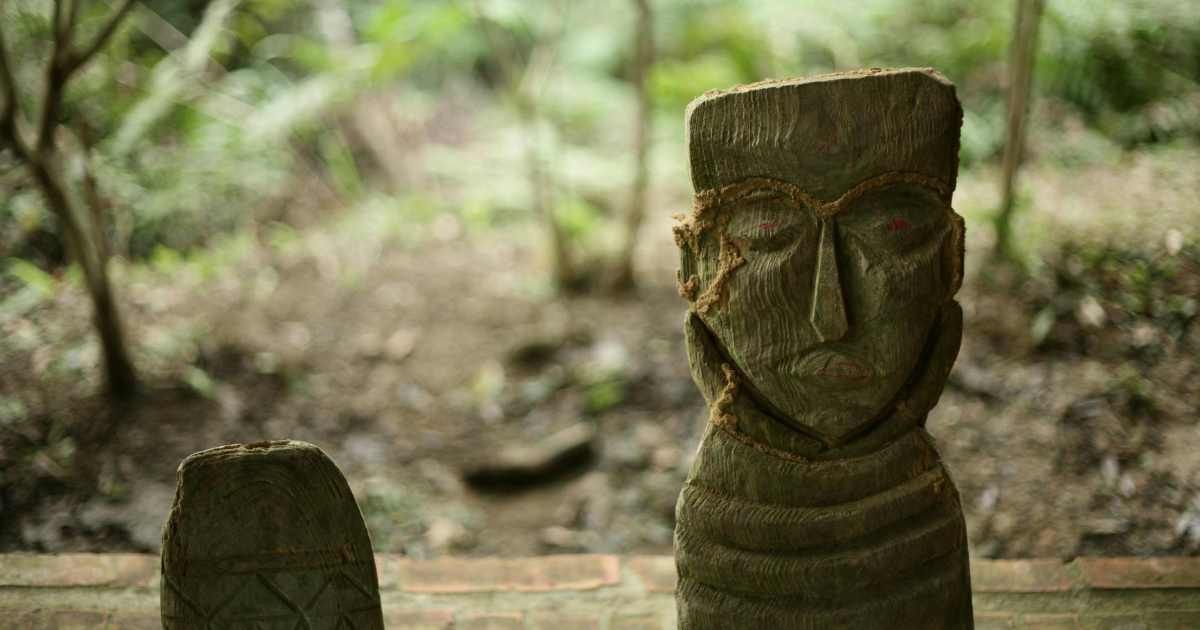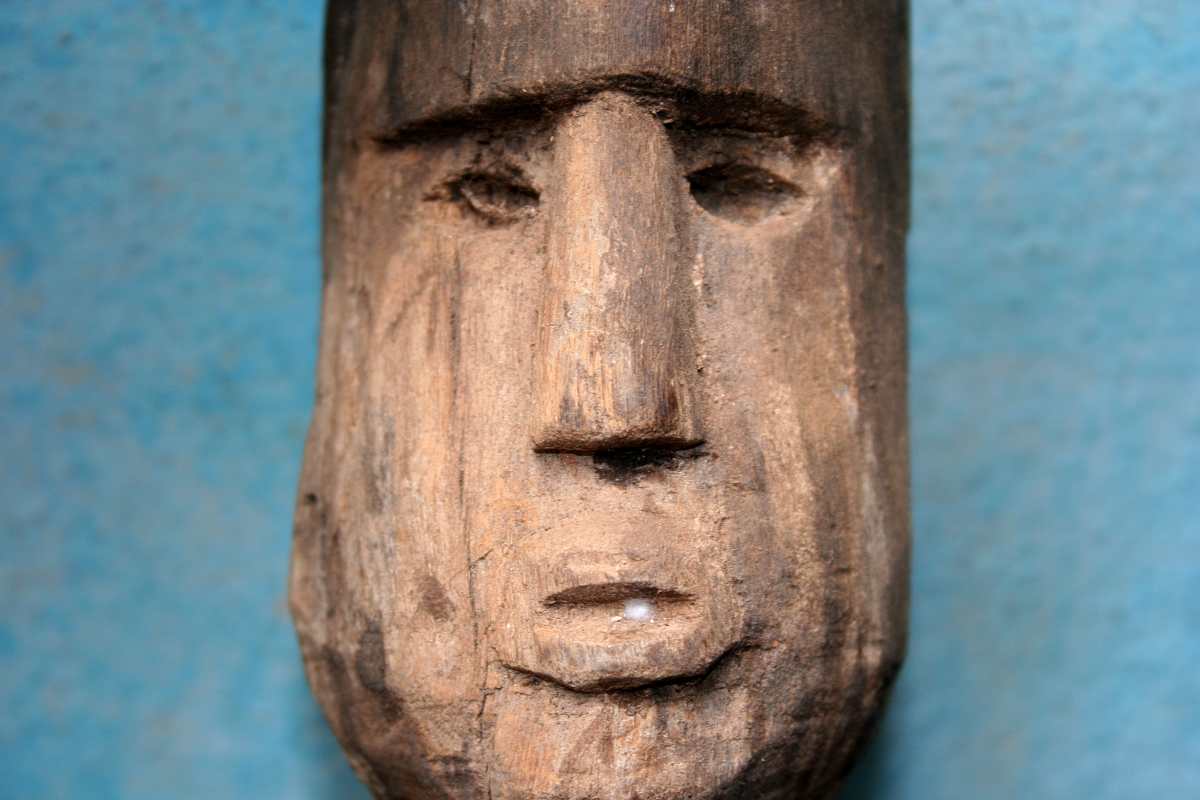Polish Scientists Discovered 1,000-Year-Old Wooden Face in Lake Lednica During Underwater Expedition

For years, archaeologists have gleaned the truth of the past through old pieces of pottery, tools, stone fragments, and much more. It is rare to hear of a wooden object from centuries ago being discovered in modern-day condition that promotes any form of research. However, in the right conditions, wood can be well-preserved for over a hundred years, which is what happened with a recent find. In 2024, archaeologists from Nicolaus Copernicus University's (NCU) Center for Underwater Archaeology and the Museum of the First Piasts, in a diving mission, uncovered a remarkable find: a 1,000-year-old carved wooden face. The researchers recently shared their discovery in a press release, identifying it as a rare, precious find.

The Mysterious Face
The face was carved onto a wooden structural beam called a hook. The carving measured 4.7 inches tall and 3.5 inches wide, with realistic carvings of eyes, nose, mouth, and an oval-shaped head. The wooden face also had an interesting carving of the number 353. Researchers estimate that the tree with which the face and beam were made fell in the year 967, suggesting that the carving had existed for over a millennium. Around the same time, the founder of the Polish state, Mieszko I, was baptized, and Poland then slowly adopted Christianity, as reported by Popular Mechanics.

Other Examples of the Face
Scientists noted that this was not one of the first faces to be discovered. Many similar depictions have been found in Slavic cities, like Wolin, Novgorod the Great, and Staraya Ladoga. Experts found similarities between these finds, suggesting that the beam found in Lake Lednica, Poland, reflects the local artistic tradition and spiritual rituals. "This discovery not only evokes admiration for the craftsmanship from over a thousand years ago but also opens a fascinating discussion about the spiritual life of early medieval Slavs," remarked Dr. Andrzej Pydyn, the NCU professor and director of the Centre for Underwater Archaeology at Nicolaus Copernicus University in Toruń.
Researchers believe the beam on which the face was engraved was part of the nearby settlement's defence structure and might have had more than just an architectural purpose. The style of woodworking and details of the face suggest it had a mystical purpose and most likely depicted a deity, protective spirit, or a village hero watching over the settlement and its people.
What Researchers are Expecting
The team found evidence that supports the idea of this face being part of the spiritual rituals of medieval Slavic society. In other sites, the team discovered several archaeological finds, like horse jaws and bones around ramparts, and they deduced that they might have come from ritual offerings or protective sacrifices, noted Mateusz Popek from NCU. The team also came across similar bone fragments underneath houses. "The [wood] face is a priceless monument and a rare example of an item combining utility and symbolic functions," noted a social media post from the Museum of the First Piasts in Lednica. "The discovery from Lake Lednica not only impresses, but also opens new questions about the life, culture, and spirituality of the inhabitants of these lands from over a thousand years ago."